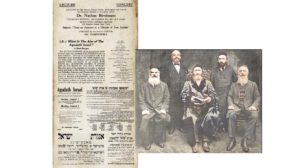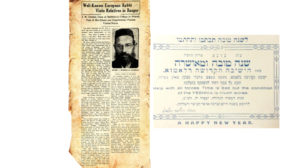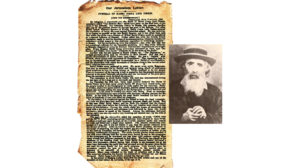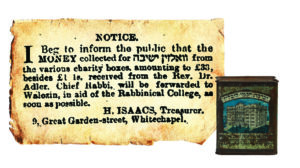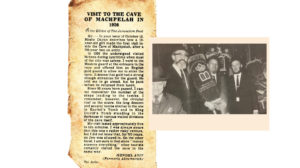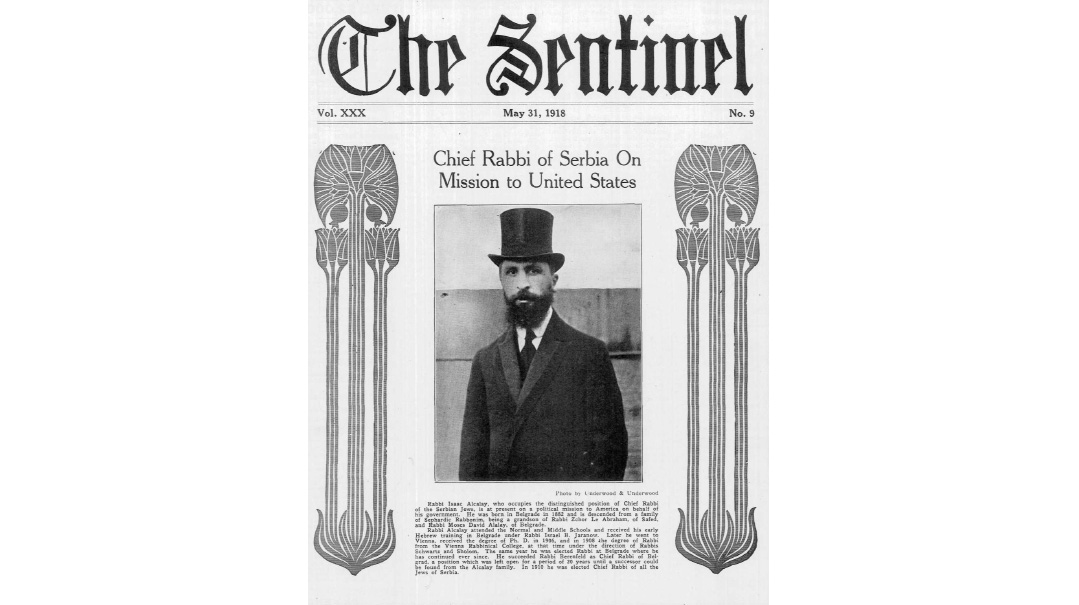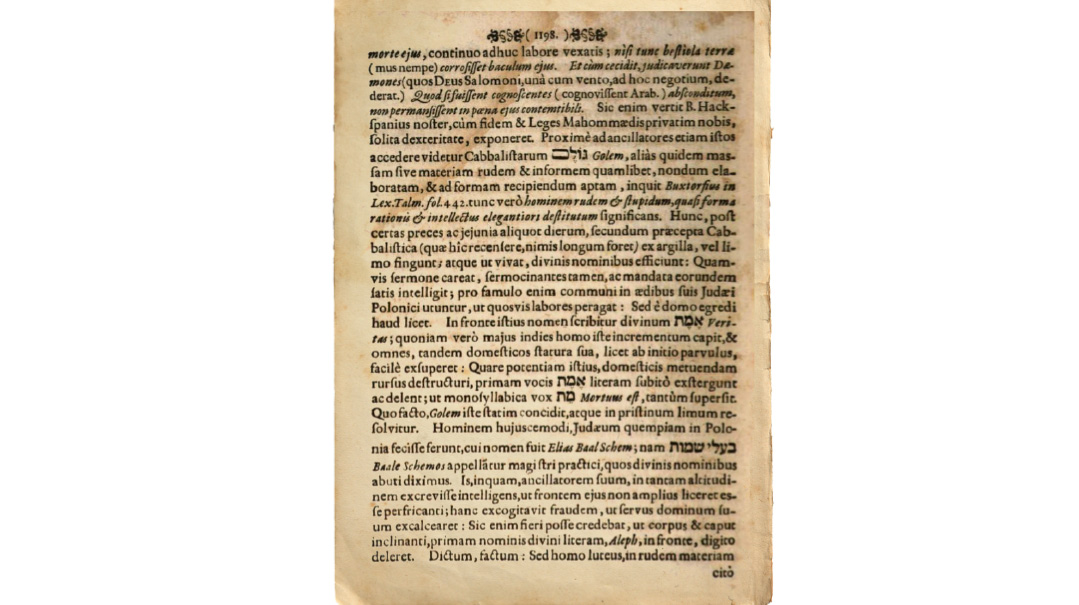A Mi Shebeirach for Eisenhower
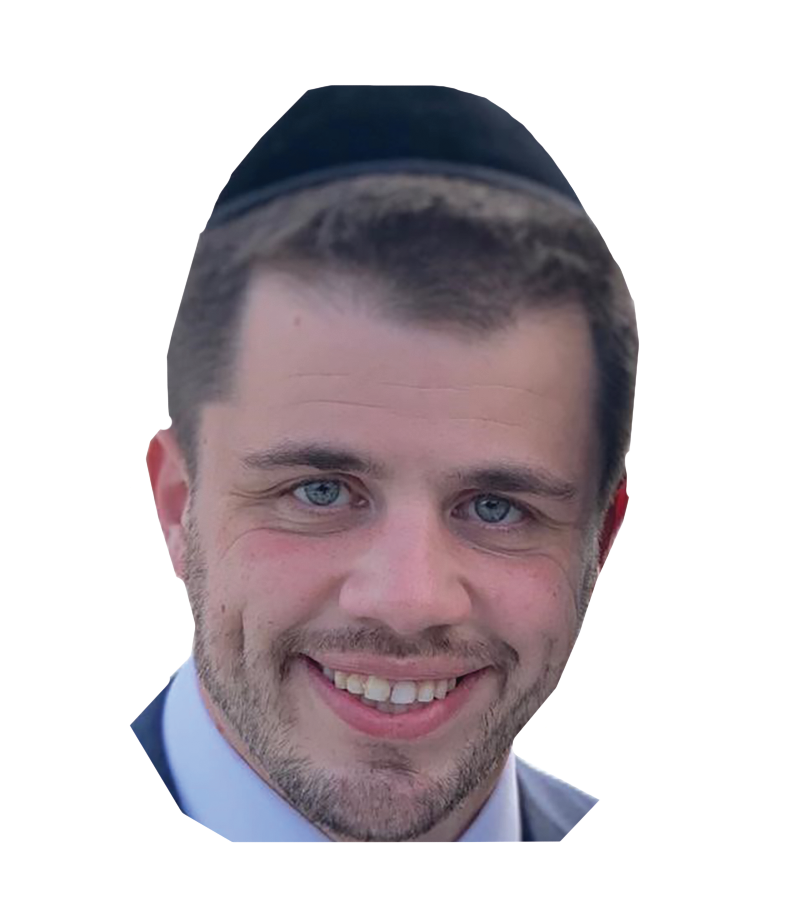
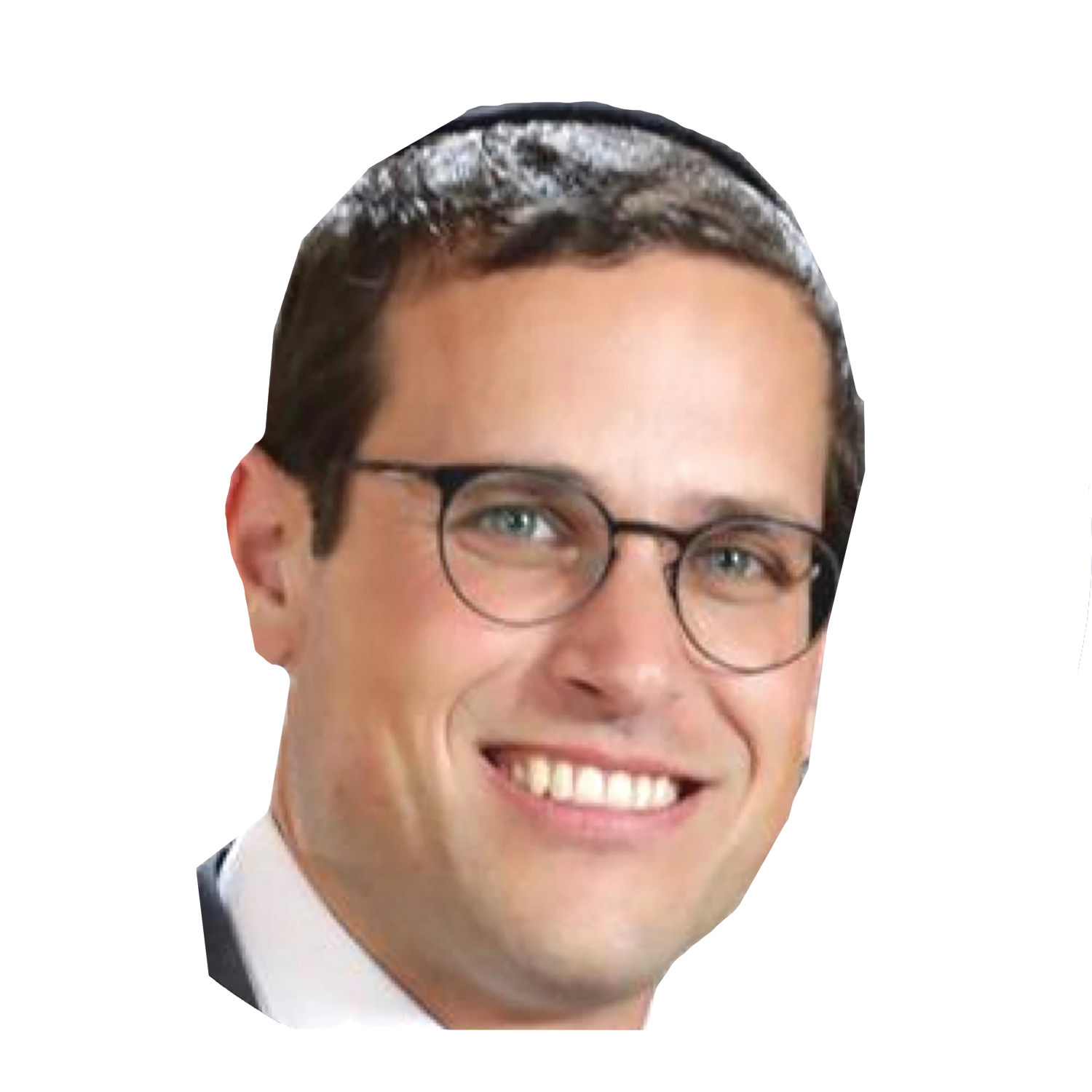
Rav Aharon felt that hakaras hatov for Eisenhower’s lifesaving act warranted a Mi Shebeirach
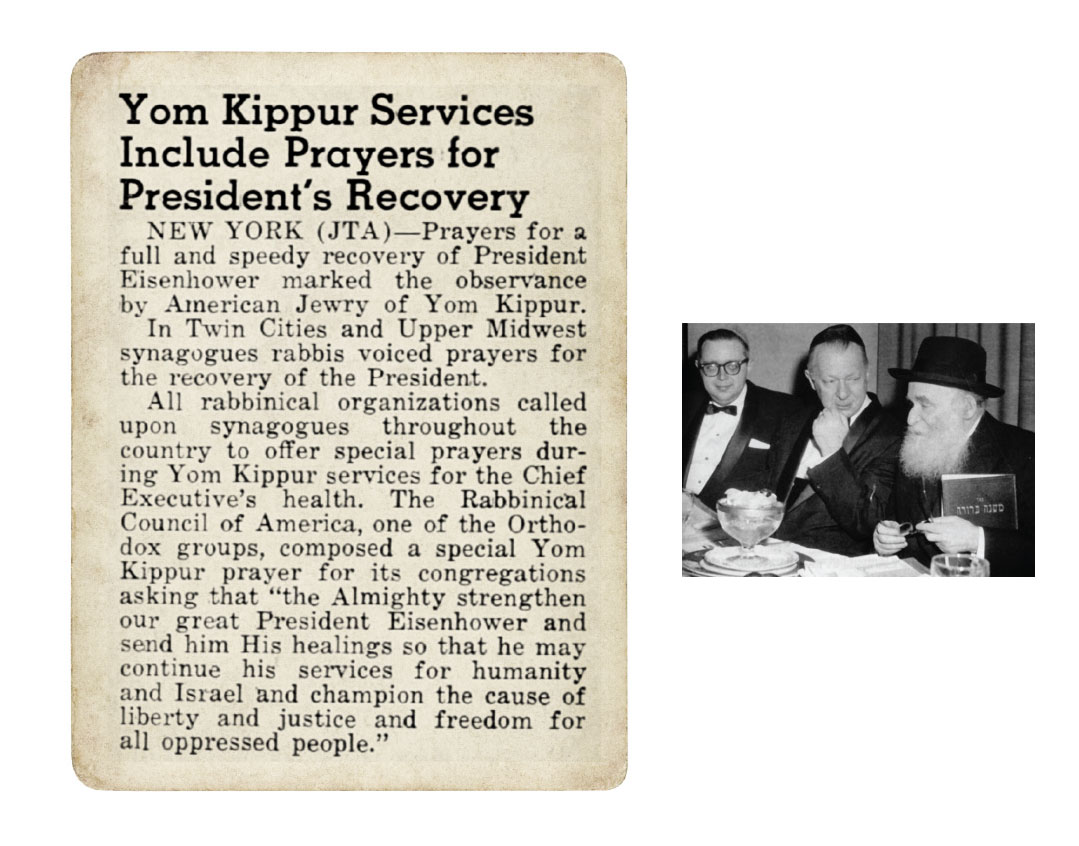
Title: A Mi Shebeirach for Eisenhower
Location: Lakewood, NJ
Document: The American Jewish World
Time: Yom Kippur 1955
Legendary lay leader and Vaad Hatzalah activist Yitzchok Meir (Irving) Bunim and his son Amos traveled to Lakewood each Yom Kippur to daven alongside Rav Aharon Kotler at Beth Medrash Govoha. Prior to Krias HaTorah on Yom Kippur in 1955, Irving Bunim approached Rav Aharon and suggested that a Mi Shebeirach be recited on behalf of President Eisenhower, who had recently suffered a heart attack. Rav Aharon nodded his head in assent. As the Mi Shebeirach was recited, those present looked on with surprise as this was not a common occurrence at the Yeshiva, especially for a non-Jew.
More than a decade earlier, with World War II raging across Europe, Rav Aharon was given word that the Nazis intended to separate American Jewish POWs and deport them to concentration camps. Rav Aharon immediately contacted Irving Bunim and made plans to petition government officials in Washington to prevent this atrocity. Bunim arrived at Rav Aharon’s house to find him weakened and running a fever. He suggested they postpone the trip until Rav Aharon felt stronger.
Rav Aharon would not hear of it, firmly stating, “There are lives at stake and we are going!”
Bunim drafted a memorandum on the train, and Rav Aharon reviewed the statement upon arrival in Washington at the home of their host, Rav Yehoshua Klavan.
“It’s very good, except the last sentence, which must be removed,” said Rav Aharon.
The problematic sentence read, “It’s a sad story that after twenty centuries of oppression, murder, and pogroms, you will allow the Nazis’ plans to separate the Jewish prisoners of war.”
Rav Aharon thought that an official might conclude, “If they were being killed for 2,000 years, what’s the big deal if it happens a bit longer?”
The edited memorandum was then presented to David K. Niles, a Jewish advisor to President Roosevelt. Niles immediately contacted General Eisenhower, supreme commander of the Allied Forces in Europe. Eisenhower quickly arranged a broadcast through radio and loudspeakers on the front lines, warning the Germans of retribution after the war should they go ahead with this plan. The Germans backed off the idea. Rav Aharon felt that hakaras hatov for Eisenhower’s lifesaving act warranted a Mi Shebeirach.
K is for Kohein
The K in David K. Niles’s name wasn’t a middle initial, but rather a signifier of his status as a Kohein. Niles was one of Roosevelt’s few advisors retained when Harry Truman became president, and he lobbied strongly for the establishment of the State of Israel in 1948.
Did You Know?
Washington-based Rabbi Yehoshua Klavan was an important figure in the American rabbinate for close to 30 years. In his youth he studied at the famed Knesses Beis Yitzchok Yeshivah in Slabodka, where he was a close talmid of Rav Chaim (Telzer) Rabinowitz. With the latter’s departure to Telz in 1904, the young Yehoshua Klavan — known as Shea Yanishker — was instrumental in bringing Rav Boruch Ber Leibowitz to serve as the new rosh yeshivah, and subsequently became a close talmid of his.
(Originally featured in Mishpacha, Issue 836)
Oops! We could not locate your form.
